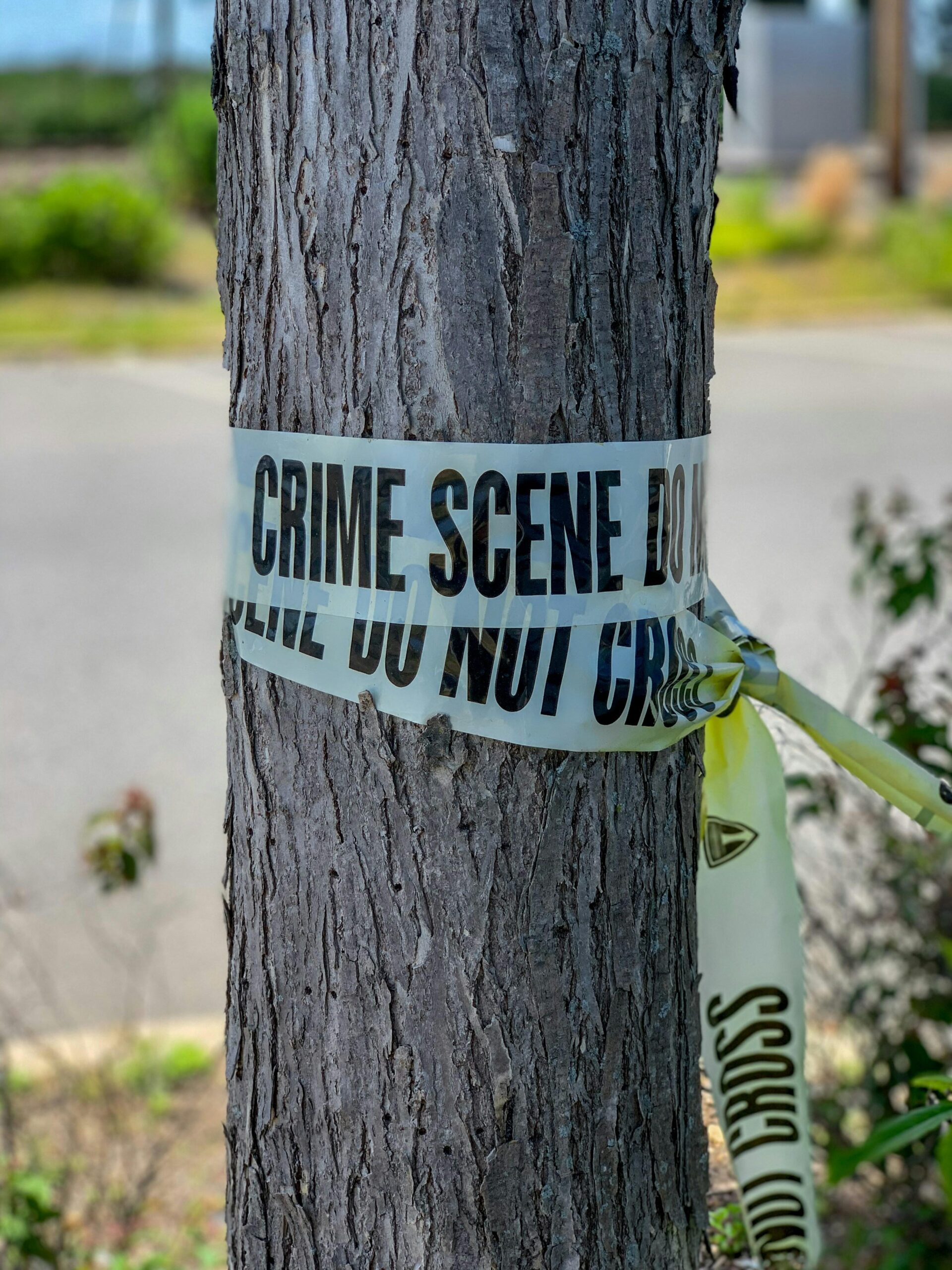The quiet shores of Long Island have long harbored a chilling secret—one that has puzzled investigators and haunted locals for years. Known as the Long Island Serial Killer, this elusive figure has left behind a trail of unanswered questions and unsettling discoveries. Who is this shadowy predator? What drives someone to commit such heinous acts in seemingly peaceful communities? Join me as we dive into the tangled web of clues, theories, and chilling facts surrounding one of the most baffling cases in recent history. Let’s unravel the mystery of the Long Island Serial Killer together.
Table of Contents
- Uncovering the Dark Timeline of the Long Island Serial Killer Case
- Exploring the Victims Stories That Shaped the Investigation
- The Challenges and Breakthroughs in Tracking the Elusive Killer
- What Law Enforcement and Communities Can Learn to Prevent Future Crimes
- In Summary
Uncovering the Dark Timeline of the Long Island Serial Killer Case
The chilling saga began in 2010, when the first human remains surfaced on the quiet, desolate beaches of Long Island. Over the next several years, a grim pattern emerged: the bodies of young women, many linked to the sex trade, were discovered in various states of decomposition. Despite extensive investigations, the identity of the perpetrator—or perpetrators—remained shrouded in mystery. The case grew darker with each discovery, not only due to the brutal nature of the crimes but also because of the tangled web of suspects and whispers of possible law enforcement oversights.
Several key elements define this somber timeline:
- The victims: Many were marginalized women, their stories often overlooked, which complicated the investigation.
- The hidden clues: Subtle forensic evidence and inconsistent witness statements painted a confusing picture.
- Community impact: Fear and speculation rippled through local towns, igniting numerous theories and false leads.
As the years passed, the darkness surrounding the case only deepened, leaving the public with haunting questions about justice, truth, and the shadows that lurk beneath seemingly peaceful communities.
Exploring the Victims Stories That Shaped the Investigation
Behind the chilling headlines and police reports lies a tapestry of lived experiences—stories that humanize the victims and bring urgency to the investigation. Each woman’s life, cut tragically short, offers clues and context that investigators tirelessly piece together. From fleeting connections to intimate details, these narratives reveal common threads: isolation, vulnerability, and quiet desperation. Names like Maureen Brainard-Barnes and Melissa Barthelemy are not just data points but memories that illuminate the shadowed edges of the case. Their lives reflect more than tragedy; they emphasize the importance of community awareness and the relentless pursuit of justice.
The investigation’s trajectory shifted with every personal history uncovered, guiding detectives through a labyrinth of leads and dead ends. Key elements stood out clearly:
- Patterns of disappearance linked to nightlife and transient lifestyles.
- Shared vulnerabilities that made the victims targets in secluded coastal areas.
- Unspoken cries for help recorded in fragmented phone calls and social media messages.
These elements are not merely clinical facts but vital threads that continue to weave together a heartbreaking story — one that demands attention, compassion, and unyielding resolve.
The Challenges and Breakthroughs in Tracking the Elusive Killer
Tracking the Long Island serial killer has proven to be a labyrinthine endeavor, marked by frustrating dead ends and elusive clues. The sprawling coastal geography where remains were discovered offered both concealment and complexity, stretching law enforcement resources and forensic capabilities. Complicating the investigation were sparse eyewitness accounts and the killer’s uncanny ability to remain off the digital grid, leaving behind little electronic footprint. Early on, conflicting evidence and jurisdictional challenges between local, state, and federal agencies added layers of difficulty, stalling progress in what should have been a swift pursuit for justice.
Yet, in the face of these obstacles, tireless breakthroughs began to emerge. Advances in DNA technology unlocked connections between victims previously thought unrelated, while meticulous re-examinations of crime scenes revealed subtle patterns hinting at the killer’s modus operandi. Key moments included:
- The discovery of overlooked personal effects aiding identification;
- Cross-referencing missing persons reports with new forensic databases;
- The integration of geographic profiling that narrowed the search perimeter.
This evolving toolkit, combined with persistent investigative collaboration, has steadily closed gaps in knowledge, turning whispers of the unknown into tangible leads that inch closer to unveiling the predator’s identity.
What Law Enforcement and Communities Can Learn to Prevent Future Crimes
Effective prevention starts with fostering trust and collaboration between law enforcement agencies and the communities they serve. When neighborhoods feel heard and respected, residents are more likely to share critical information that could help break cases wide open. Community policing initiatives that promote transparency, regular dialogue, and visible presence can transform fear into partnership, enabling faster responses to threats. Additionally, empowering local organizations to educate and support vulnerable populations creates a more resilient environment where potential victims are better informed and suspicious behaviors can be identified early.
Technological advancements also hold enormous promise in the fight against future crimes. Integrating data analytics and geographic profiling tools allows investigators to discern patterns invisible to the human eye, potentially predicting and preventing criminal activity before it escalates. Training officers and community members alike in recognizing subtle signs of predatory behavior – combined with the use of social media as a real-time communication channel – fosters a proactive stance. Some key steps to emphasize include:
- Establishing neighborhood watch programs that actively collaborate with local law enforcement
- Utilizing anonymous tip lines and apps to encourage reporting without fear of retaliation
- Implementing ongoing education about personal safety and the importance of vigilance
- Leveraging community feedback to adapt policing strategies dynamically
In Summary
As we peel back the layers of this chilling case, the Long Island Serial Killer remains as elusive and enigmatic as ever. Despite years of investigation, the full story behind the disappearances and the dark secrets buried along those quiet shores still beckons us to look deeper. Who was the person behind these unspeakable acts? And what hidden truths are waiting to surface? While answers remain just out of reach, our curiosity keeps driving us to follow every clue, hoping that one day, the mystery will finally be unraveled. Until then, the Long Island Serial Killer case stands as a haunting reminder of the shadows that can lurk beneath the surface of the most peaceful communities.












